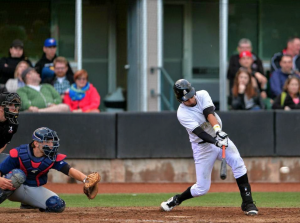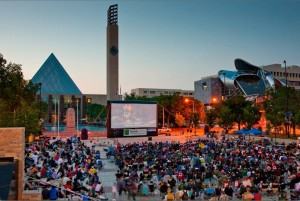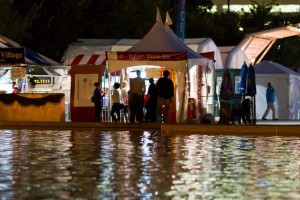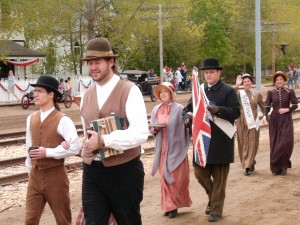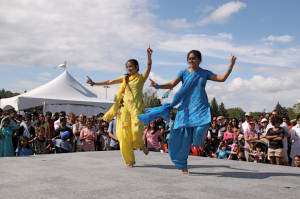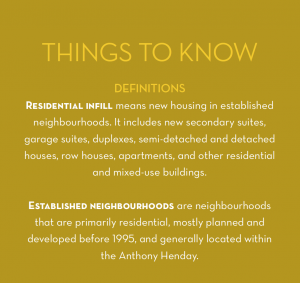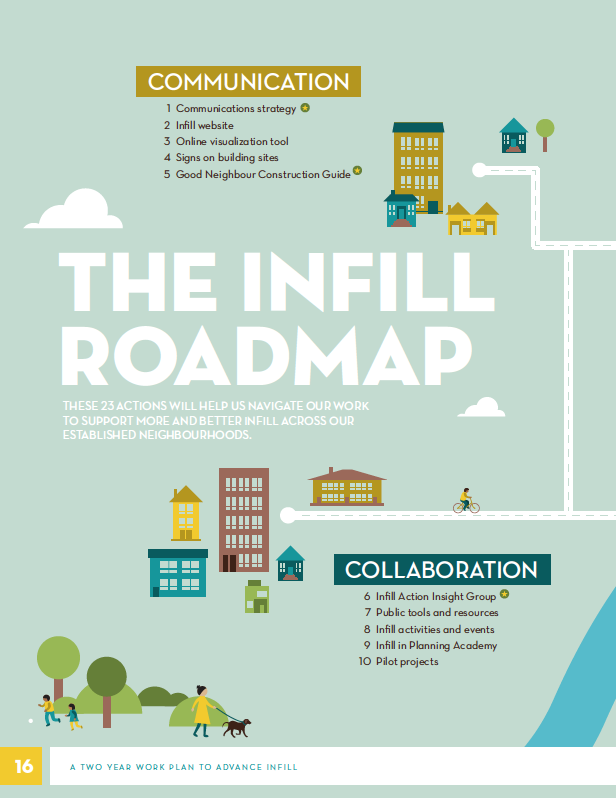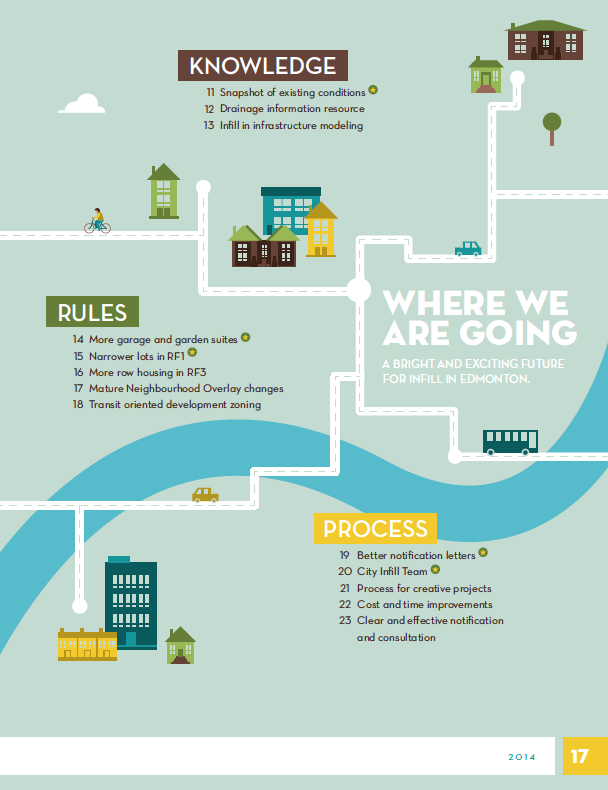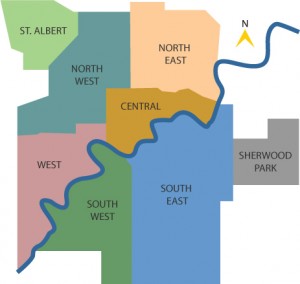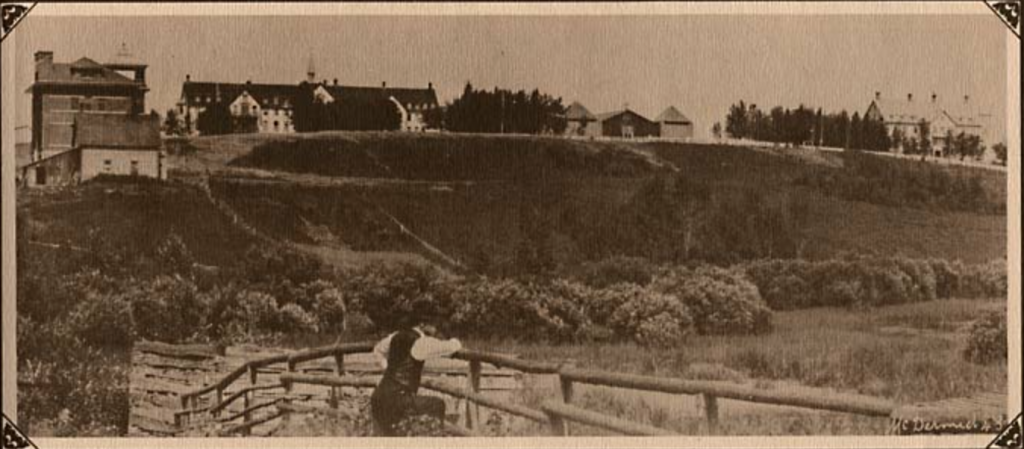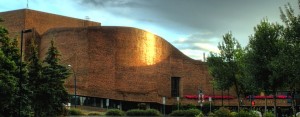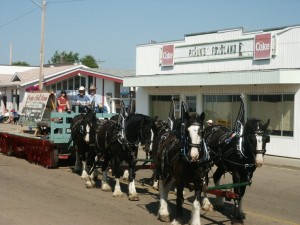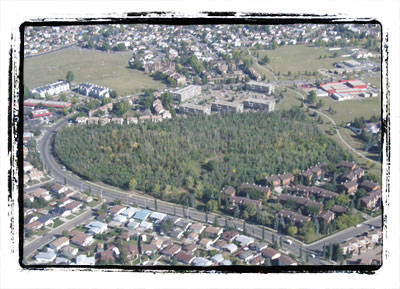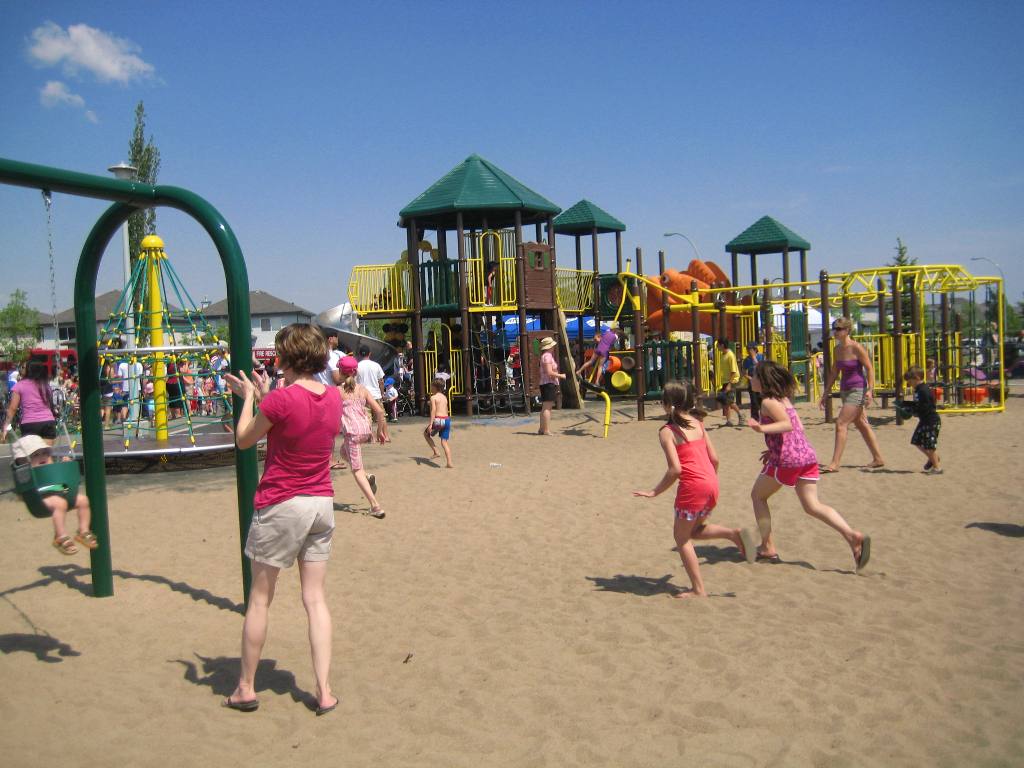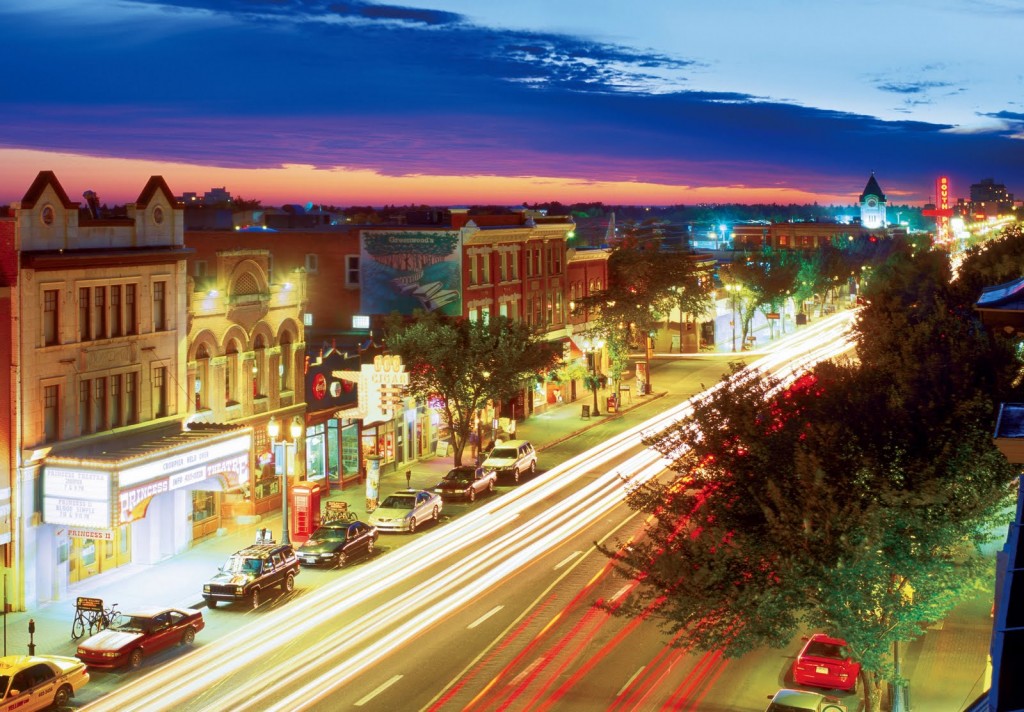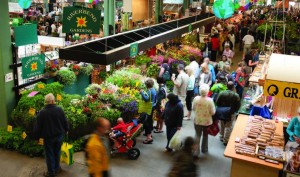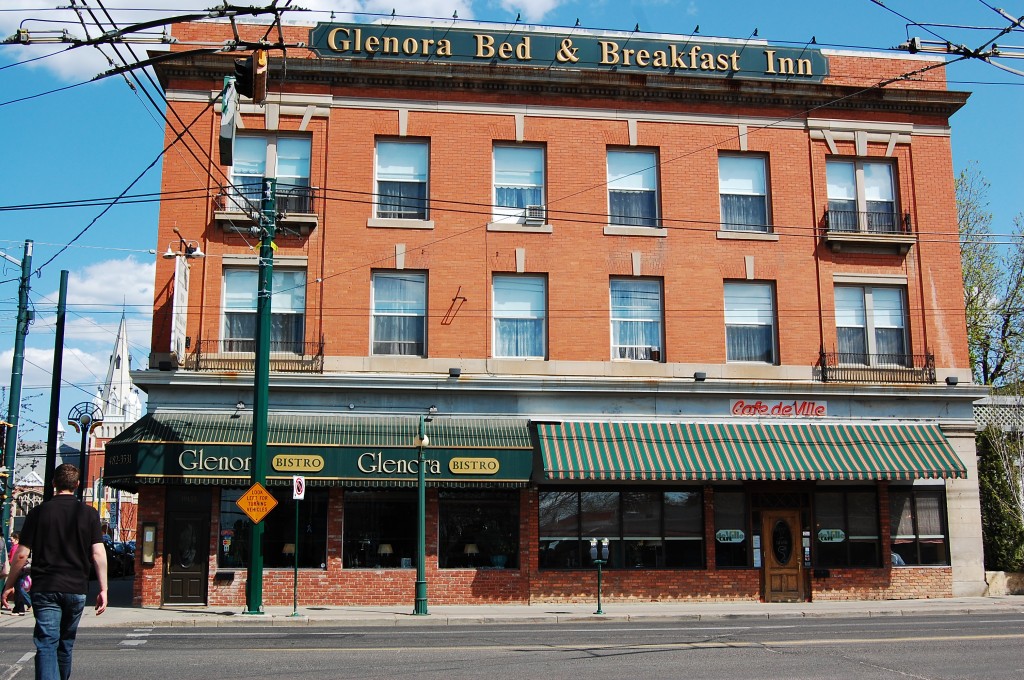YEG Summer Gems
Tuesday, June 2nd, 2015Boasting an average of 325 days of sunshine yearly it’s easy to see why Edmonton, the lovingly dubbed ‘Festival City’, thrives in summertime. Throngs of Edmontonians clamour to find any and every reason to celebrate outdoors, taking advantage of the heat (finally!), and twilight that lasts until well past 11 pm.
When you’ve spent a bulk of the year with cabin fever, waiting for snow to melt so you can leave the house in comfort, it’s hard to imagine a better place to emerge than Edmonton. With events, festivals, and cultural activities every day it’s easy to see why so many choose to stay in the city all summer long. Here are just of few of our favourite, and sometimes forgotten, gems to experience this summer in our fair city:
Formerly known as the ‘River City Shakespeare Festival’, the newly monikered theatre company is now well into its 27th season. Much to the delight of Edmontonians and our great need to be outside, the company performs every summer at the outdoor Heritage Amphitheatre in Hawrelak Park. Their modern and creative take on old classics create an accessible experience for a wide range of audiences, while the idyllic nature setting makes for an ideal evening out. The company is producing two plays this summer, Coriolanus and As You Like It, running June 23 to July 19th.
Gone are the days of taking in an Edmonton Trappers Game with a few friends in old John Ducey Park, but did you know the city still has a thriving team in the Western Major Baseball League? The Edmonton Prospects are a collegiate summer team that have played out of Telus field since moving there in 2012. With the exception of a handful of away games, you can catch them multiple times per week all summer long, for as little as $14 a person.
Every Tuesday in August, Scotiabank® hosts a free, family friendly, movie night in Churchill Square. The 3 story inflatable screen can be seen from all corners of the square, just bring a chair if you like and take in the outdoor cinematic experience. The first 300 people to arrive even get free popcorn!
For 31 years Taste of Edmonton has been one of the City’s most popular summer events. With new fare every year it’s hard for the this festival not to say fresh. Boasting the city’s newest and trendiest eateries, side by side with classic favourites, the festival provides a chance for foodies and non foodies alike to sample Edmonton’s best restaurant offerings all in one place. This year the festival will be held July 22-25 in Centennial Plaza (located at the corner of 100 Street NW and 101a Avenue NW).
Edmonton International Street Performers Festival

Edmonton International Street Performers Festival. Image Credit: Metro News
Renowned in the international theatre scene, the Street Performers Festival is the longest running celebration devoted exclusively to street theatre. Crowds are drawn to music, magicians, children’s and adult entertainers, juggler’s and fire breathers, the list goes on. With something for everyone it’s easy to see why this event has gained such popularity amongst locals and tourists. The festivities can be caught July 3-12 this year in Churchill Square.
This living history museum captures the glory and grandeur of pioneer life in Edmonton. It is a stunning recreation of the prairie life experienced by settlers and many of our ancestors, presented in an educational yet entertaining way. Hosting special events all throughout the summer, the park truly comes alive. Every Thursday the historic yet fully functioning cinema shows classic films for a fraction of urban theatre prices, additionally you can book a romantic stay at their Hotel Selkirk for the full pioneer experience. Another hi-light includes Opera performances outdoors in the park limited runs. Visit their website to keep up to date on coming events.
If you’ve ever craved Greek salad, green onion cakes, pyrohy, empanadas, and crepes all in one sitting, this is the place to be. Amazing eats, colourful attire, world music, and traditional dance are just of few of the experiences not to be missed at the Heritage Festival. For 3 days 60 pavilions showcase more than 85 cultural experiences from around the world, right in the heart of the river valley. The Heritage Festival is held August long weekend (1-3rd) in Hawrelak Park.
Probably the most relaxing, laid back, and easiest to plan on our list. Soak in the sunshine at one of Edmonton’s four outdoor pools. There are pool toys and games for the kids and refreshing beverages and ice cream for purchase. Queen Elizabeth offers a spray park and sun deck, while Oliver pool boasts a water slide. Visit the City of Edmonton Outdoor Pools page for hours and information.
We can’t possibly include ALL the city’s activities in one article, and many are so much a part of the city they hardly need discussing, yet here are a few of our honourable mentions: Edmonton Folk Music Festival, K-Days, Edmonton International Fringe Theatre Festival, and the Muttart Conservatory.
Visiting Edmonton? Why not stay awhile? CLICK HERE to contact one of our friendly, experienced agents who can help you find your dream home right here in Festival City.


